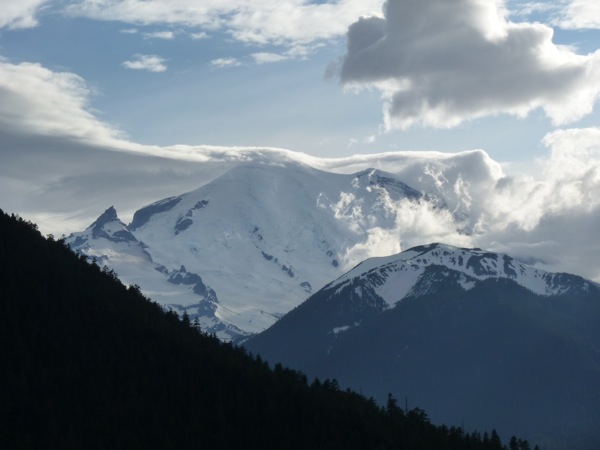
As one of our natural treasures that rewards repeated visits, I have visited Mount Rainier on many occasions. There are hard-to-obtain, somewhat basic group accommodations (although with incredible views) available in the park at the historic, 121-room Paradise Inn, built in 1917.
Nevertheless, most groups will likely opt to stay in the Tacoma or Seattle areas, where there are a wide range of lodging choices available in all price ranges. A full-day excursion into the park will likely suffice as a thrilling “overview” experience for most groups, even though it is possible to take advantage of but a few of the scenic opportunities which this 368-square-mile facility has to offer in such a short time frame.
Given that the park contains 26 glaciers covering some 35 square miles, more than 300 miles of trails, and over 140 miles of roads, the challenge to visitors attempting to “see it all” is readily apparent.
Mount Rainier National Park is open year-round, although only the road from the west (WA 706) to the Nisqually Entrance, Longmire and Paradise is open during the winter months due to the heavy snowfall. In fact, the Paradise area, at an elevation of only 5,400 feet, annually gets an average of 126 inches of the white, fluffy stuff.
On my most recent trip to the park in mid-July, at Paradise I had planned to take the relatively short Nisqually Vista Trail, which offers superb views of the great Nisqually Glacier. Unfortunately, I was prohibited from doing so because I wasn’t prepared to negotiate the deep snow still remaining on the trail from a much greater than average snowfall last winter.
There is also one other caveat to remember before your group departs for a Mount Rainier day trip. If the sky is overcast and you can’t see the peak before leaving town, unless a change in the weather is anticipated during the day, you are likely to see mostly clouds and possibly no Mount Rainier at all once you reach the park proper.
Paradise Inn
Glaciers on Mount Rainier
Martha Falls








